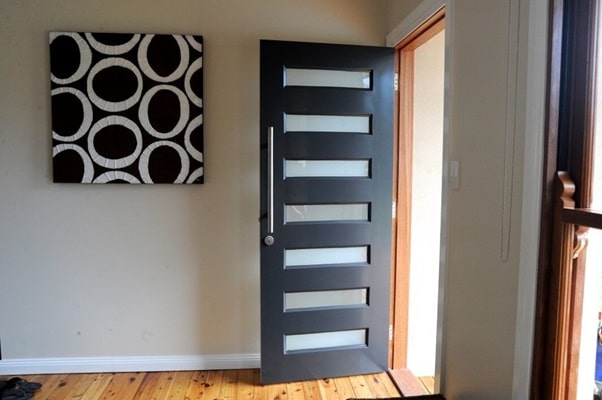When you’re building or renovating, choosing all of the aesthetic bits can be a lot of fun – but it can also be overwhelming. There are countless materials, styles and colours out there to choose from, so how can you know which is the best possible option for you? Creating a specific style for a home is a top priority for a lot of people, so in this article we take a look at what colours are best suited to exterior doors and why. This way you’ll be able to have a much better understanding of whether your favourite colour is a good choice or not.
How darker colours affect the lifespan of your doors
If you’re looking to invest in colonial doors in Brisbane but don’t know how to properly choose between prettier or more practical options, you’re definitely not the only one. it’s not just the fact that you might be choosing a plain varnished wood, though – those looking to paint their doors might be surprised to learn that the tone and shade they opt with can create very different effects not just on appearance, but on elements like heat retention. This is particularly an issue in Australia due to our occasionally extreme heat – if you do choose to go with a darker colour, you might run into trouble if you find that your door is also exposed to a great deal of heat and light. This is because the combination of all of these factors can heat your door up to the point where it eventually warps, particularly if it is regularly increasing and dropping in temperature. While it can be problematic painting your door black, grey, or even darker shades of red or blue, there are still a few things you can do to prevent light and heat absorption.
Ways to manage heat absorption and light
When light hits an object – like your door – it will either be reflected, transmitted or absorbed. It is through the absorption that the moisture content of a door that over time causes cracks and warps, with some particularly problematic cases resulting in doors expanding to the point where they no longer fit in their doorframe. If this is something you want to avoid, consider the light reflective value (LRV) of the paint you’re looking into for your door. This value will quickly inform you of to what degree the paint will reflect any incoming light. It’s not always related to colour, either – some paint is specially treated to increase this value, as is the case with semi-gloss paints that are readily available. If you’re really wanting to secure the future of your door, it might also be worth looking into some kind of overhead protection for your door, such as a veranda or simple form of sheltering designed specifically with your door in mind.
Ready to choose the right colour for your door?
Although we’ve talked about how darker colours absorb more light, perhaps the more important thing to consider here is how reflective the paint itself is. By choosing a light colour with a gloss coating you’ll be able to reflect a lot of light, but even darker paints with more reflective touches can still be an option in these cases.

